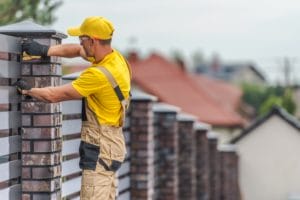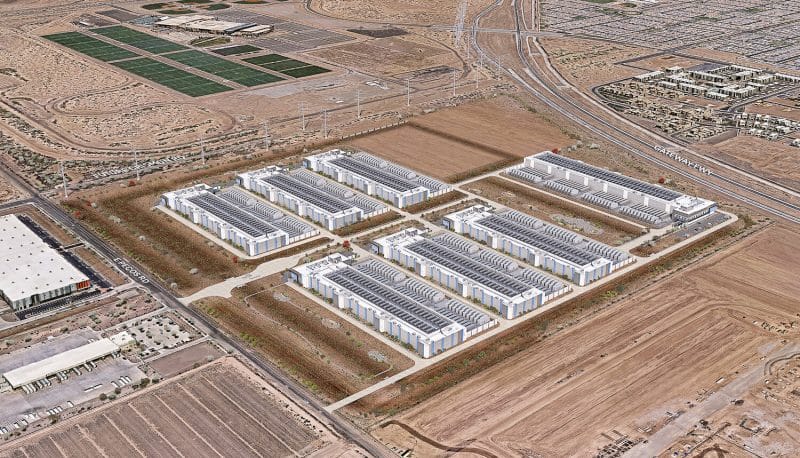
By Brandon Loomis | The Arizona Republic
Phoenix is among the Southwestern cities most in need of adapting to climate change, and its poor and elderly residents are especially vulnerable, local experts told 134 international Fulbright Scholars at a seminar on Friday.
For starters, Arizona’s rights to Colorado River water are of lesser legal priority than California’s, Central Arizona Project General Manager David Modeer said. Climate models suggest that the river will shrink this century, testing existing allocations.
And nowhere is the threat of climate change — specifically, worsening heat waves — more pronounced than in the city’s poorer neighborhoods.
“If you start driving around Phoenix,” architect and urban planner Ernesto Fonseca told the scholars, “you will see the richer neighborhoods have more trees, more shade, more birds. Even the little coyotes prefer to go to the richer neighborhoods.”
In the poorer zones, often pressed against industry and freeways and bare of vegetation, homes typically lack modern energy efficiency. The result, Fonseca said, is that people suffer more heat-related health problems and their discomfort holds them back from intellectual pursuits. Both are costly societal problems that few consider in climate policy, he said.
Arizona State University geographer Juan Declet-Barreto presented research indicating that the lack of vegetation in poor Latino neighborhoods in south Phoenix drives temperatures uncomfortably higher. Modeling for the effects of a strip of desert-adapted trees such as mesquite and paloverde suggested a cooling effect of more than 3degrees Celsius, he said. Late-afternoon winds spread the effect, cooling adjacent paved areas by about a third as much, he said.




